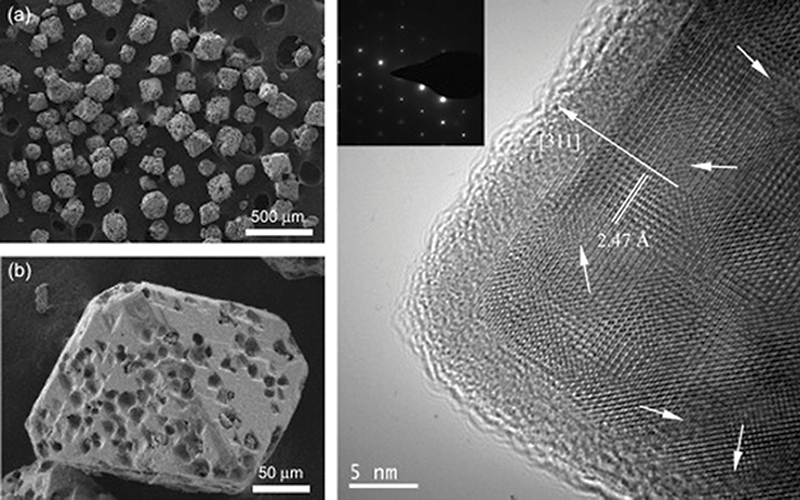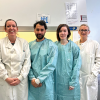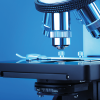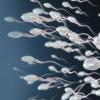Using magnetics to control microscopic crystals could lead to new treatments that work directly on cancer tumours.

Chinese researchers have discovered that, when magnetised, these minute crystals are able to reverse their magnetic field as the temperature changes.
Kezheng Chan, co-author of the research, said: “The largest superparamagnetic materials that we have been able to make before now were clusters of nanocrystals that were together about a thousand times smaller than these. “These larger crystals are easier to control using external magnetic fields, and they will not aggregate when those fi elds are removed, which will make them much more useful in practical applications, including drug delivery.”
The researchers are from Qingdao University and the work has been published in the journal Physics Letters A.




